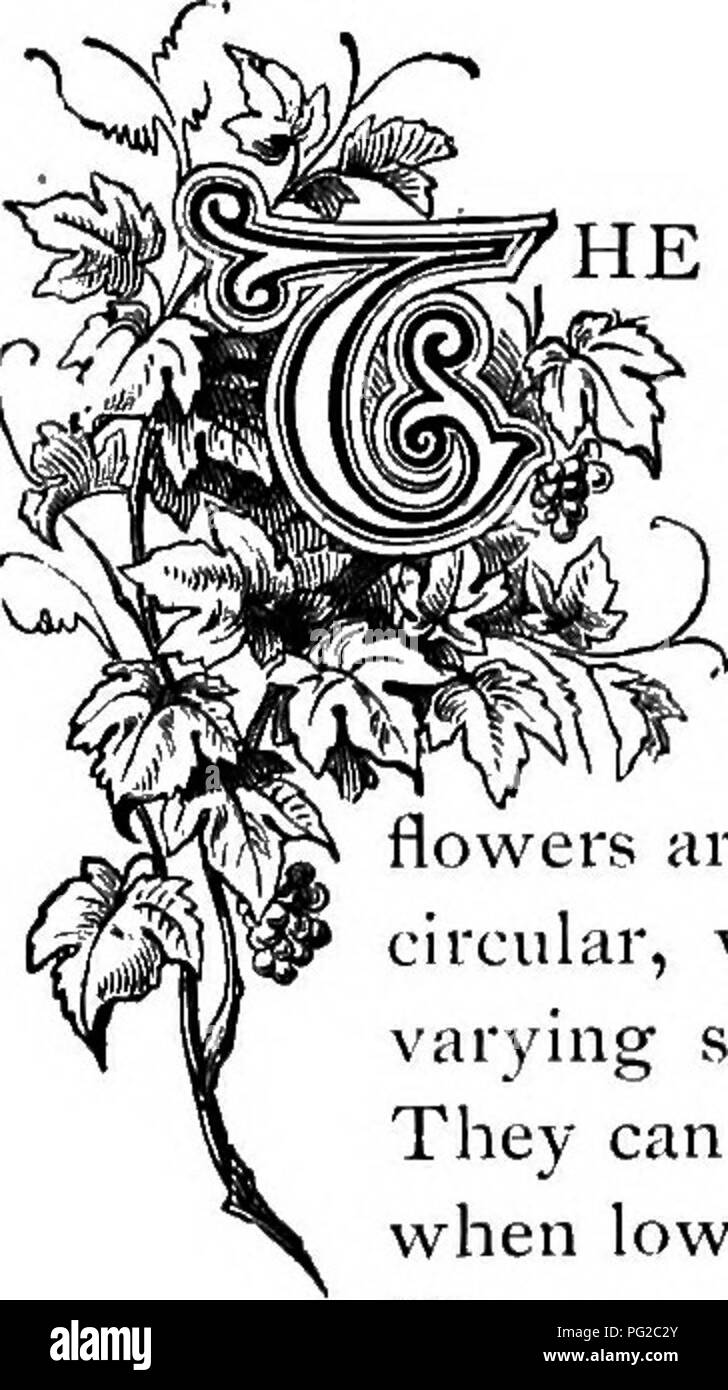. The floral kingdom : its history, sentiment and poetry : A dictionary of more than three hundred plants, with the genera and families to which they belong, and the language of each illustrated with appropriate gems to poetry . Flower language; Flowers in literature. ^^^ ! CULTURE OF FA VORITE PLANTS. the sunjmer, growing into large bushes with moderate care. They delight in a rich soil composed of one part cow-manure, one loam, one leaf-mold and one sand. They also delight in abundance of water during warm weather, and plenty of room for the great masses of roots which they form. They are mo

Image details
Contributor:
Central Historic Books / Alamy Stock PhotoImage ID:
PG2C2YFile size:
7.1 MB (329.5 KB Compressed download)Releases:
Model - no | Property - noDo I need a release?Dimensions:
1183 x 2112 px | 20 x 35.8 cm | 7.9 x 14.1 inches | 150dpiMore information:
This image is a public domain image, which means either that copyright has expired in the image or the copyright holder has waived their copyright. Alamy charges you a fee for access to the high resolution copy of the image.
This image could have imperfections as it’s either historical or reportage.
. The floral kingdom : its history, sentiment and poetry : A dictionary of more than three hundred plants, with the genera and families to which they belong, and the language of each illustrated with appropriate gems to poetry . Flower language; Flowers in literature. ^^^ ! CULTURE OF FA VORITE PLANTS. the sunjmer, growing into large bushes with moderate care. They delight in a rich soil composed of one part cow-manure, one loam, one leaf-mold and one sand. They also delight in abundance of water during warm weather, and plenty of room for the great masses of roots which they form. They are most usually propagated by slips of young wood, but not infrequently by layering. This layering is of course peculiar, as these art- pot plants in northern latitudes, and the process is thus: Shoots from the parent phmt should be pegged down, near to a joint, in an adjoining pot full of the proper soil, but in which nothing is growing; a little damp moss, or, wanting this, a little cotton-batting kept moist and placed over the joint, will hasten the operation of rooting. They require but little rest, and will take it indifferently at any season; their accommodating habit should not, however, deprive them of due attention in this respect, as they will be all the better for one or two months' rest. They will not flourish in less than fifty-five degrees, and frost will entirely kill them. As they are liable to be infested by mealy bugs and scales, they should be syringed at least once a day in the growing season.. J?ItIMIlOSE. HE Primroses are very attractive flowers in all the varieties, but those most frequent in amateur indoor cultivation are of the species dis- tinguished as the Chinese. These bloom most freely during the latter part of winter and through the spring, and even often into the sum- mer. The leaves are soft and down}', scimetimes nearly round, and in other plants so deeply dentate as to be called fern-leaved. The wers are like delicate porcelain, and appear in uprig